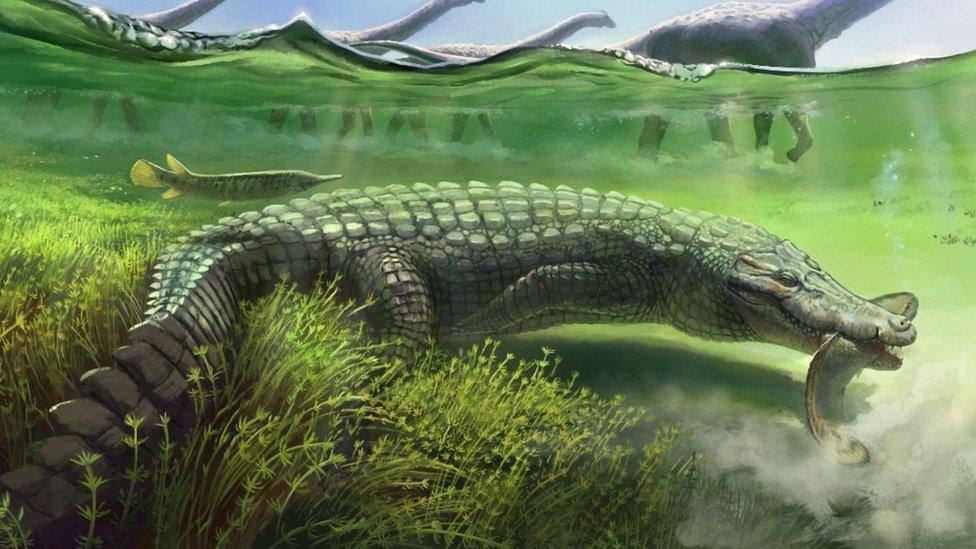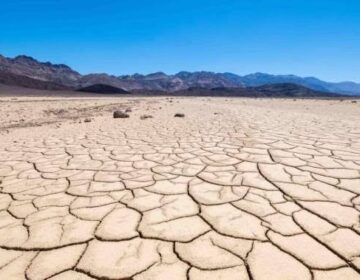A newly identified fossil species, Wadisuchus kassabi, dating to the Campanian period (about 80 million years ago), extends the evolutionary history of Dyrosauridae and underscores Egypt’s Western Desert as an important center for early marine crocodile evolution.
In Egypt’s Western Desert, where layers of red sandstone and green shale emerge from the dry plains of Kharga Oasis, paleontologists have discovered a fossil that changes how scientists view crocodile evolution.
The finding, published in The Zoological Journal , was made by a team of Egyptian paleontologists who identified a new species named Wadisuchus kassabi. This crocodile lived approximately 80 million years ago and now represents the earliest known member of the Dyrosauridae, an ancient family of crocodiles distinct from modern species.
Dyrosaurids inhabited coastal and marine environments rather than freshwater ones. They possessed long, narrow snouts and fine, pointed teeth suited for catching slippery prey such as fish and turtles. Their persistence and spread following the mass extinction that wiped out the dinosaurs provide key insights into how reptiles survived and evolved as global ecosystems transformed.
The name Wadisuchus kassabi reflects both Egypt’s geography and cultural heritage. “Wadi” (“وادي,” Arabic for “valley”) refers to the New Valley region where the fossil was found, while “Suchus” references the crocodile god Sobek. The species name also pays tribute to Professor Ahmed Kassab of Assiut University, whose contributions to Egyptian paleontology have inspired future generations of researchers.







